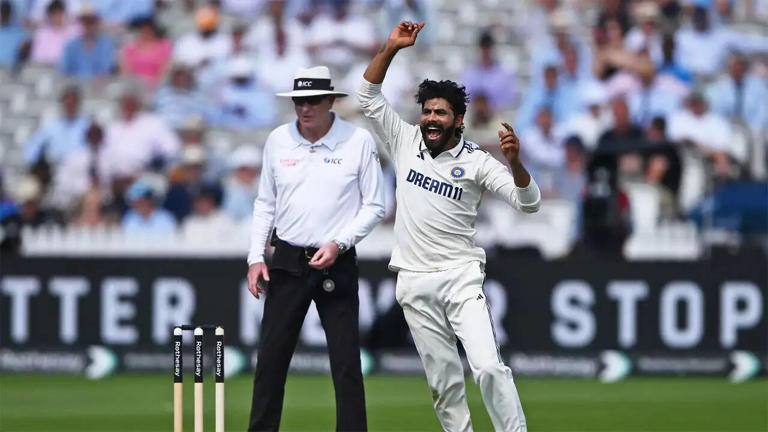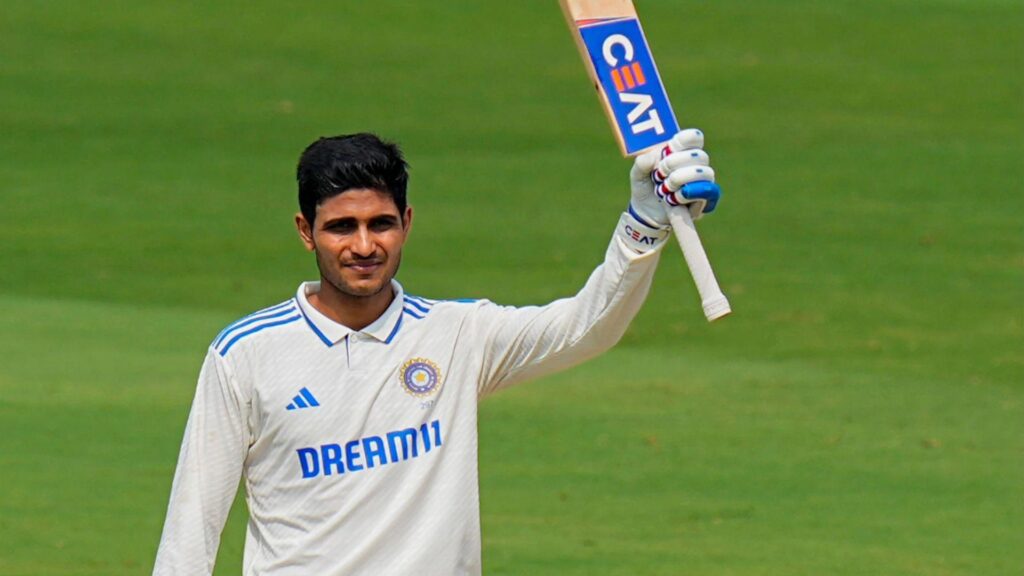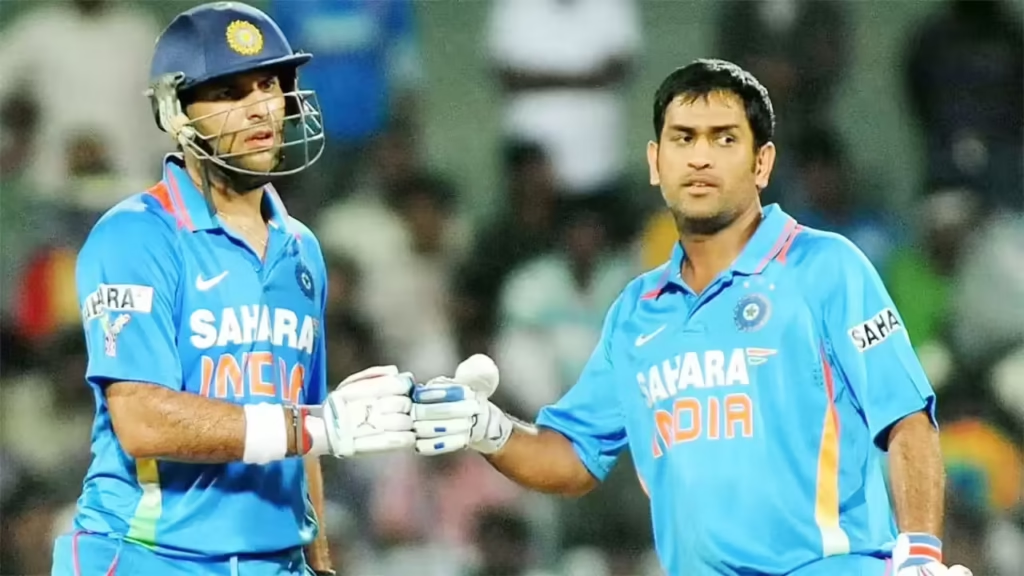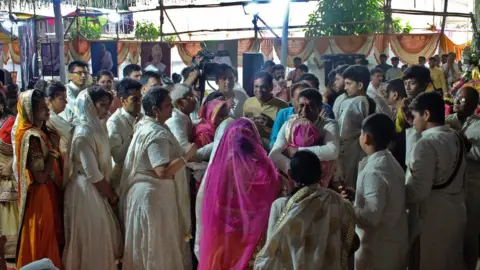Now Reading: Why Was a Test Match Scheduled on a Monday? Hussain and Karthik Question Cricket Logic
-
01
Why Was a Test Match Scheduled on a Monday? Hussain and Karthik Question Cricket Logic
Why Was a Test Match Scheduled on a Monday? Hussain and Karthik Question Cricket Logic

As India and England clashed in a crucial Test match, former cricketers Nasser Hussain and Dinesh Karthik voiced sharp criticism—not over batting or bowling, but the timing. Their frustration stemmed from the decision to schedule a Test match on a Monday, traditionally a working day. For a sport heavily reliant on crowd support, this move has sparked questions about how match scheduling decisions are made.
The Criticism Over Scheduling
During the live broadcast, both Hussain and Karthik didn’t hold back. They raised a valid concern—why stage a high-stakes Test match on a Monday, when stadium attendance naturally dips and TV viewership is less than ideal?
According to them, weekends are ideal for drawing fans, both in-stadium and on broadcast. Holding key matches on weekdays risks empty stands, which not only affects the players’ morale but also dampens the visual experience for viewers and sponsors.
Why Mondays Matter Less to Fans
In countries like India, Monday means back to office, back to routine. Even in Tier 2 cities like Nagpur, Surat, or Coimbatore, where cricket fandom runs deep, a weekday Test match often translates to people checking scores on phones rather than watching live.
This is not just a matter of fan engagement—it impacts ticket sales, merchandising, local vendors, and even city traffic plans that are drawn up for big match days.
Scheduling and the ICC’s Role
Match dates are often decided months in advance, based on venue availability, broadcaster requirements, and travel logistics. But the criticism suggests that these decisions may be ignoring fan convenience. Former players argue that when you know a Test series can go to a fifth day, at least ensure it lands on a weekend or a public holiday.
The timing of this England-India match, according to critics, reflects a larger disconnect between cricket’s administrators and its audience.
Implications for the Game
Empty stands during a marquee Test match hurt the game’s image. Sponsors and broadcasters invest heavily assuming large viewership. When stadiums look half-empty, it undermines the buzz around the event.
This is especially crucial as Test cricket fights for relevance in the age of T20s and franchise leagues. Test cricket thrives on atmosphere—take that away, and even great cricket can feel flat.
Fans in Tier 2 Cities Feel the Gap
Cities beyond the metros, where fans often travel long distances to watch matches live, are hit the hardest by poor scheduling. A weekday match means missing work or school, which many can’t afford. And yet, it’s these fans who bring the energy and loyalty that Test cricket thrives on.
It’s not just about London or Mumbai—Tier 2 cities contribute significantly to cricket’s popularity and deserve better consideration when matches are planned.
Conclusion
Hussain and Karthik’s criticism has opened up an important conversation. Cricket boards may need to rethink how they schedule matches—not just for logistics, but for the people who make the game what it is. If Test cricket is to remain alive and kicking, it needs more than just good cricket. It needs full stands, loud cheers, and better planning. Because in the end, the fans shouldn’t have to choose between their job and their love for the game.

























